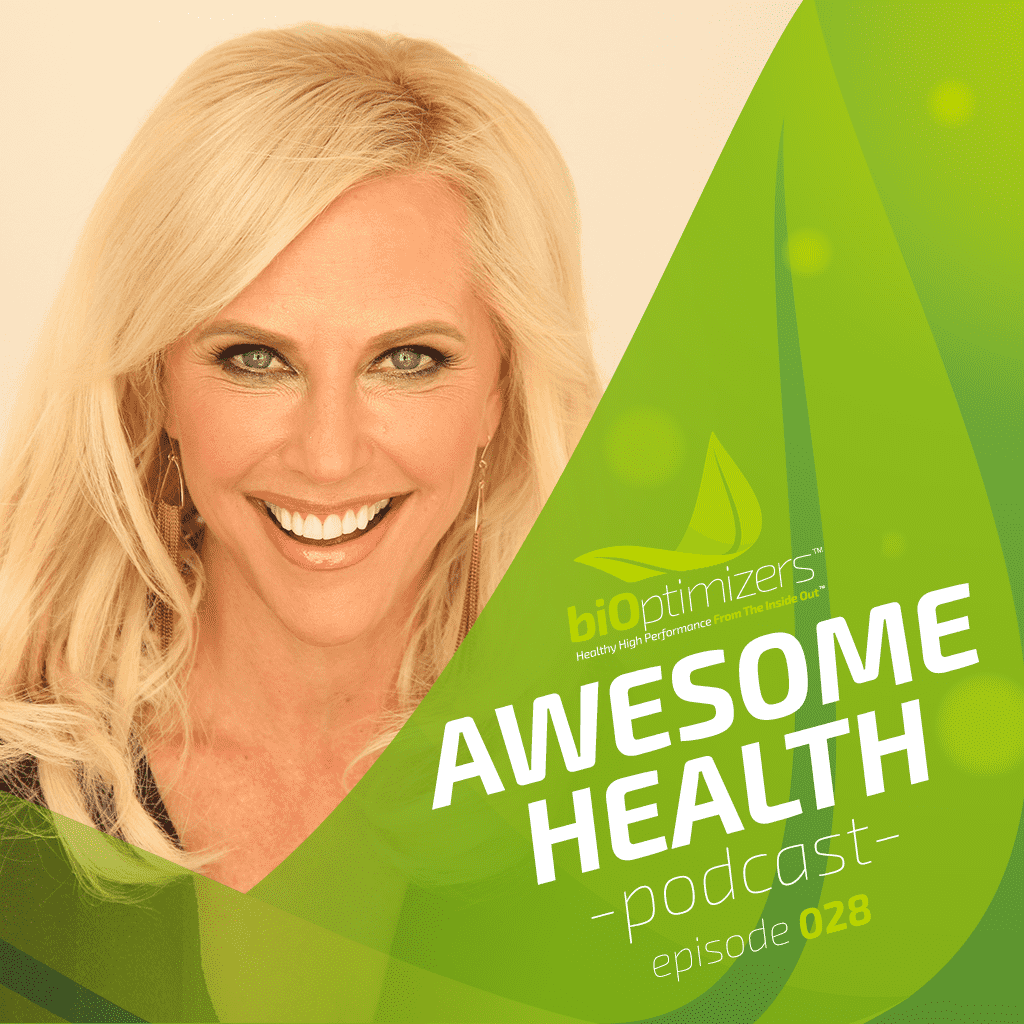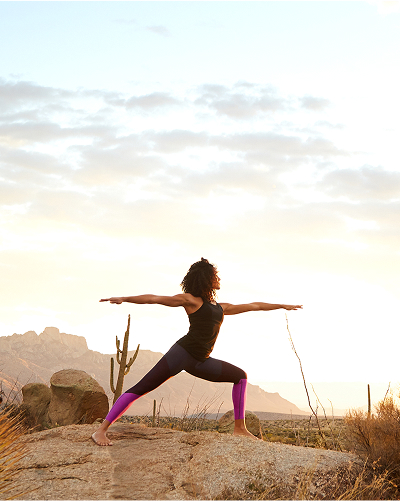028: Optimal Sexual Health with Susan Bratton


One area of health that isn’t often talked about is optimal sexual health. Our guest expert today is changing that! Susan Bratton is here to divulge the secrets on the often-taboo subject of sex.
Get ready for a fun, playful and informative talk; we cover the 16 different types of female orgasms and 14 types of male orgasms, why being more masculine or more feminine influences how we experience arousal. Susan shares on those subjects and much more on today’s edition of the Awesome Health podcast.
More Awesome Health With Susan Bratton
Not wanting to waste a moment, we jump right into our first topic. I asked Susan to explain how we find our orgasmic pleasure and what are the differences for men and for women when it comes to sex?
The first place to start is orgasmic potential. In a master class she offers she explains the 16 types of female orgasms and the 14 types of male orgasms. We talk about a few of them, starting with men: the way men think about orgasms is pleasure, arousal which climbs and climbs to a climax during which they ejaculate. After that, they are done.
When they are young they can do this a few times because they have a quick refractory period. As they age, they have loss of firmness and loss of sensation because the nervous system is operating optimally. This happens for women, too. Women have exactly the same amount of genital tissue and structure – the difference is men’s genitalia is external and women’s is internal. She likes to say men are outies and women are innies!
The interesting thing about male orgasm is that orgasm and ejaculation are two separate systems in the body. They are not the same even though they happen at the same time.
One of the areas of exploration for men is male multiple orgasms. It used to be when you talked to a man about multiple orgasms he associated that with semen retention, which most men didn’t want. In fact, studies have shown men have better prostate health when they ejaculate frequently.
However, there are people who feel bad when they ejaculate and some who need frequent ejaculation to feel good. Most people are somewhere in the middle, 3-7x a week.
And just as there are differing numbers of ejaculations per week among men, there are also different types of orgasms. A few of them are the ejaculation-climax orgasm. A second one is no ejaculation but a full body orgasm, the heart is connected to the genitals and the orgasm feels like a full explosion of love and orgasmic sensation. There’s also a braingasm, which is similar except the orgasm is pulled inward and upward through the head.
The great thing about all of these braingasms and heartgasms is they are a part of a man’s optimal sexual health and they are a learned skill. The best way to do this is not by edging, which is what most guys want to do, but by riding the wave.
Susan explains what each of these terms mean: edging is where you take yourself to the edge of the climax and you keep the stimulation level such that you prolong the climax and stretch it out like taffy. You stay in the orgasmic peak experience and make it last longer. That’s a good practice, but it still results in ejaculation.
Whereas riding the wave is a different type of stimulation. If you think about arousal on a scale of 1 to 10, you learn how to separate orgasm and ejaculation while learning how to manage your arousal. (This is a great practice if you feel you ejaculate too quickly. And if you want to prolong your ejaculation, you are not alone. Around 1 in 4 men report wanting to last longer).
Riding the wave is how you set the groundwork for becoming a multi-orgasmic man. Starting with masturbation, you take yourself up to a level 5 and then pull back. Take yourself up to a 6 and pull back to a 5. Then up to a 7 and back to a 5, and up to an 8 and back to a 5, etc. You do this all the way up to a 10 where you can barely contain your desire to let go, but you do contain that desire because you can now down regulate your arousal. You can pull the arousal back down and into your body and spread it into your body so you feel the pleasure in your body.
As you do the riding the wave technique it does a few things: it trains you to manage your arousal ladder. It also pulls the semen up and down in your prostate and allows the fluid that gathers at the bottom of the prostate gland to mix in with the new semen so that when you ejaculate you are moving the old and the new fluid out.
This technique is very healthy for the prostate, it gives you stamina and it is one of the paths to multiple male orgasms. She goes on to explain the various spots and erogenous zones to explore for enhanced stimulation and pleasure in a man, before we talk about the female possibilities.
The Masculine and The Feminine Experience of Sexual Arousal
Susan says to fully explore a woman’s optimal sexual health and sexual pleasure, it’s important to talk about the masculine and the feminine. Whether we identify as male/female or we lean more towards the masculine or more towards the feminine side of the spectrum has a lot to do with our sexual experience.
If you are more testosterone-driven or more estrogen-driven it will influence your sexual pleasure. Our hormones obviously play a role as does whether we are more visual or kinesthetic or more auditory.
Where we are in our hormonal cycle also influences our sexual experience, and men are cyclic just like women; the difference being women’s tides that flow bigger than men’s.
If you identify as more testosterone dominant then you tend to be more goal-oriented, you’re more confident and sure and you want to win, you want respect and gratitude. You can also fall into a sexual state fairly easily and you are single-minded in your pursuits, including sex.
If you are more estrogen dominant you tend to be all over the map, you are thinking and worrying about everything. You have more anxiety and have a harder time getting into your body.
Unlike the testosterone person, you do not want your genitals touched immediately. In fact, doing so will irritate you. Estrogen people need their hair stroked, their eyes kissed and their feet rubbed or other forms of foreplay. This helps bring lots of blood flow to your genitals. Working from the outside in is a good approach to increase your sexual interest and arousal.
The best approach for this type of person is the bullseye touch technique: work from the outside ring and go in level by level. Estrogen-dominant people need more foreplay to get into sex, testosterone-dominant people are ready to go right away.
Susan also tells us exactly what it is that women want from men in the bedroom, why men are so often the initiator of sex and detailed instructions on how to get the estrogen-dominant person in your life fully aroused. We wrap up with the 16 different orgasms a woman can experience, plus the details on the upcoming Sexual Vitality Summit.
Join us for this scintillating conversation full of optimal sexual health insights on today’s Awesome Health podcast!
Episode Resources
Susan Bratton’s web site
Susan Bratton on Twitter
Sexual Soulmates, by Susan Bratton
Sexual Vitality Summit
Masszymes (code mass10)







